Physics
Fox
Summary
- In science, we take measurements to find out how good our theories (ideas of the world) are.

- If what we measure disagrees with a theory, then the theory is wrong, and we need to think of a new one.

- If lots of measurements don't prove a theory wrong, we call the theory a law.
- We can measure quantities (such as distance) by using instruments (such as a ruler).

Some people think that the physical things
Define what's within
The Earth is flat.

This is an example of something that isn't true. But how do we know it isn't true?
We prove an idea is wrong by comparing it to the real world.

For example, if the Earth were flat, these pylons wouldn't curve downwards as they got further away: they'd keep going in a straight line.
In science, we have a lot of ideas about how nature works. These ideas are called theories.

Theories aren't always right. For example, the flat Earth theory above is wrong. We know it is wrong because we measured something about the world that disagrees with it.
When we find that a theory is wrong, we try to come up with a better one.

As we find out more about the world, we find that more and more theories turn out to be wrong.

However, some theories withstand a lot of measurements. These theories that stand the test of time are called laws. These include laws such as the law of gravity. Throughout this book, we will learning about these laws of physics.
NB: A theory can never be proven right. It can only be proven wrong. (Just because a theory has withstood lots of measurements so far, that doesn't mean it will withstand measurements in future.)
Even though physics theories are about big ideas (like space and matter), they are usually very precise. These precise theories need to be tested by precise measurements. What sorts of things might we be measuring? Quantities we measure include distance, time and temperature.
To measure distance, we might use a ruler.

To measure time, we would use a clock or stopwatch.

To measure temperature, we would use a thermometer.

Rulers, clocks and thermometers are examples of scientific instruments. (Not to be confused with musical instruments. You can't play The Entertainer on a thermometer, thank god.)
In future, we will learn about new quantities, and the instruments used to measure these quantities.
You might notice that these instruments have letters on them (as well as numbers)—e.g. ‘°C’ on the thermometer, ‘feet’ on the ruler. Why do they have these letters? We'll find out why on the next page...
Congratulations!
7 of 7 questions completed
+ ⭐️ collected.
Sign up (for free!) to:
• save your progress 📊
• create constellations✨
• customise your fox! 🦊







